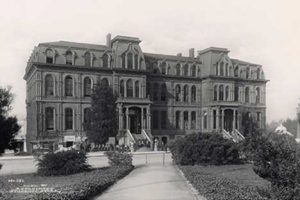 To Conrad Hensler Slade
To Conrad Hensler Slade
Colonial Club Cambridge
Cambridge, Massachusetts. June 1, 1911
Dear Conrad,
I can’t say I am very sorry, nor even very much surprised, that you are “still free”. There was something a bit exotic about your proposed marriage, and your attachment was hardly violent enough to justify the step. Nevertheless, I am sorry there is to be no house to visit you in at Arles, and no little “nephews”. This summer, for a change, I am going to California! The University of California at Berkeley, has invited me to teach there for six weeks, and offered me $500, which will almost cover my expenses. It seemed a good chance to see the Pacific, like Cortes, before I die, and probably the last chance I should have, so I have accepted. So I shall not be in Oxford, or anywhere else within reach this summer, for which I am sorry. On the other hand, I have made an arrangement with the College here, by which in future I shall be here only for the first half of each year, from October 1st to the end of January. This arrangement begins at once, so that next February I shall turn up in Paris (or in Italy), and perhaps see you at once; or, in any case, before long, as I shall remain in Europe the whole of the following year, which is my “sabbatical”, not needing to return to Harvard until September, 1913, and then only for four months. Whether I shall ever return after that is very doubtful; but I thought it wiser to make this arrangement than to insist at once on resigning altogether, especially during the life-time of my mother.
My friend Strong has taken an apartment in the Avenue de l’Observatoire, and has kindly invited me to stay there whenever I am in Paris. In fact, I am to have a room in his house with a place in which to keep my books and other belongings—almost a home! This will make it pleasant and economical for me to be often in Paris, and I count on seeing you constantly, for whatever your temporary impatience with the Parisian scene may be, you (like Strong) will never find another place in which you can really settle.
. . . Your idea of coming to Oxford when I am there must be carried out some day—possibly next Spring. May and the early part of June are the best months there, unless you like, as I do, the place without the inhabitants. In mid-summer, however, you have the tourists instead, which is worse.
Yours ever
G Santayana
From The Letters of George Santayana: Book Two, 1910–1920. Cambridge, MA: The MIT Press, 2001.
Location of manuscript: Unknown.



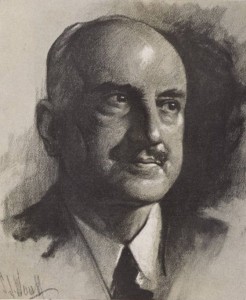
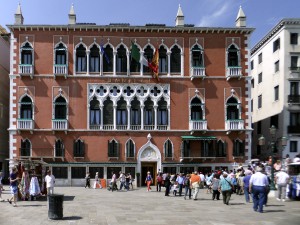 To Boylston Adams Beal
To Boylston Adams Beal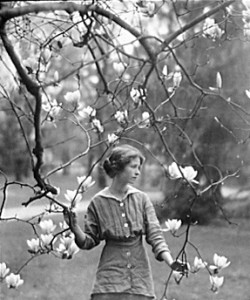 To Daniel MacGhie Cory
To Daniel MacGhie Cory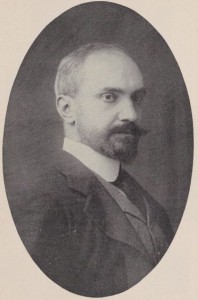 To Mr. Helder
To Mr. Helder